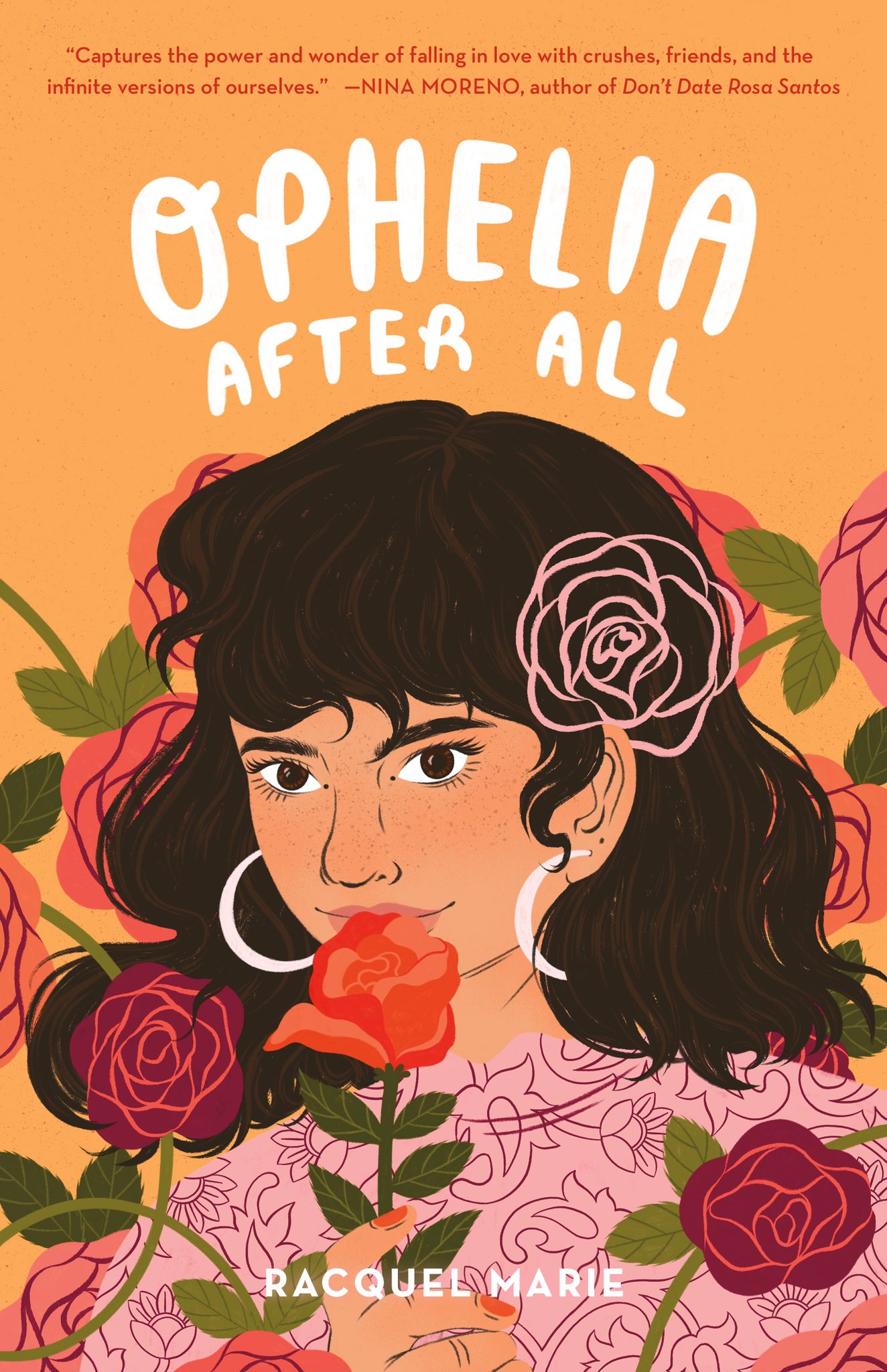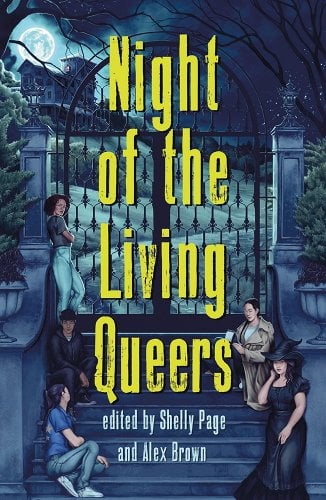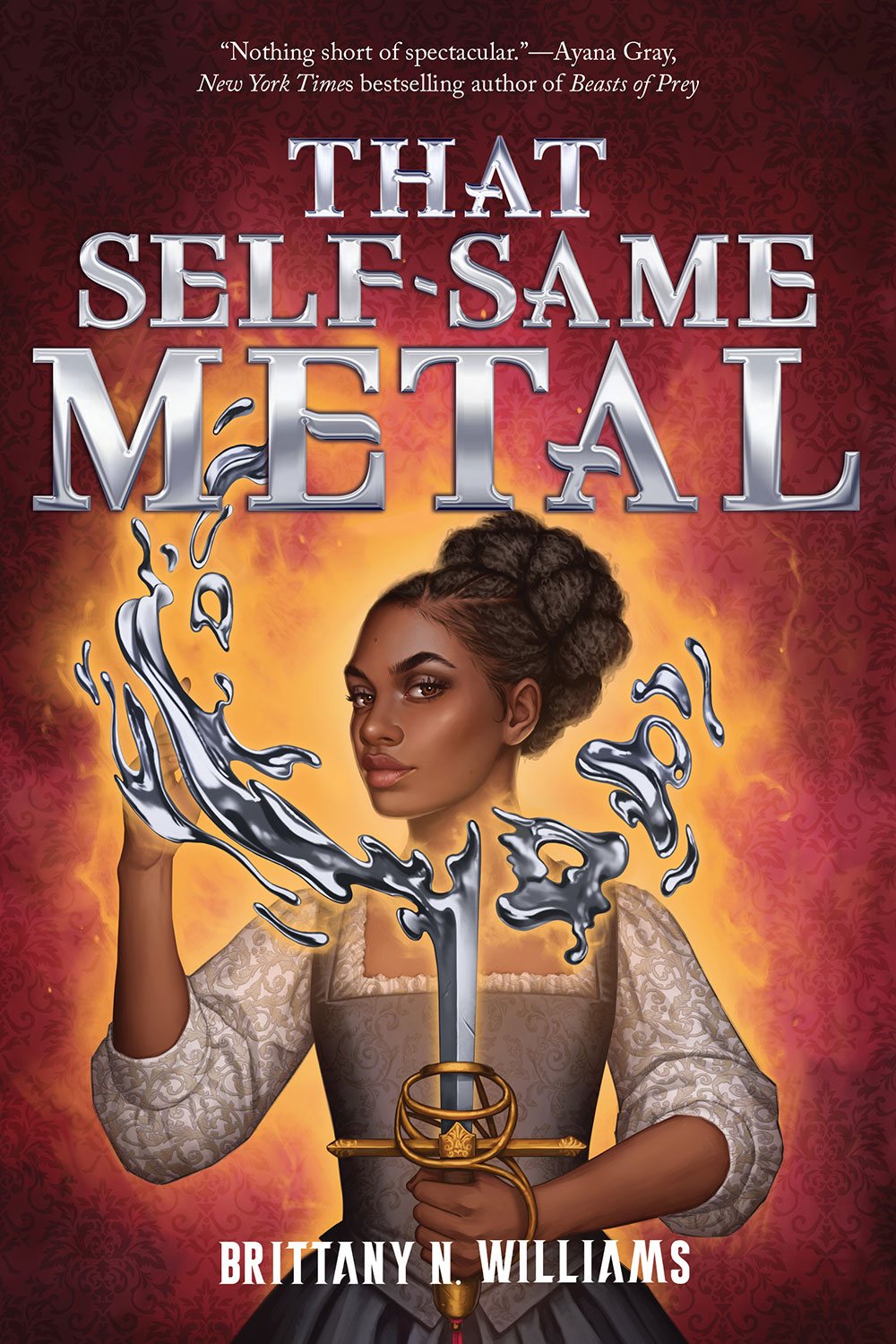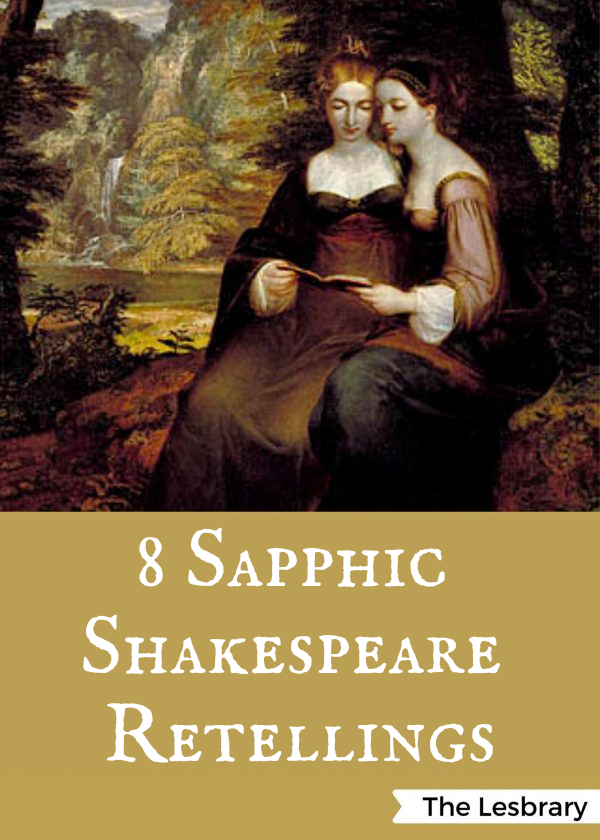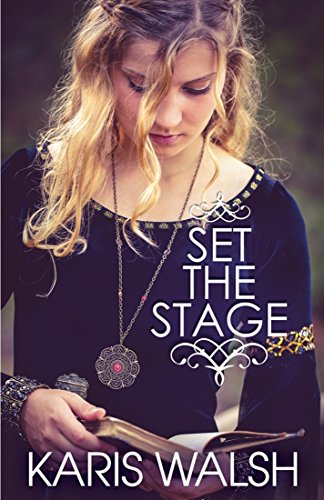Recently, I got to read Racquel Marie’s debut and sophomore releases: Ophelia After All and You Don’t Have a Shot. While the two books had different focuses, they were both compulsively readable coming-of-age stories, and I think any reader of sapphic contemporary YA will find at least one of them to be up their alley. Though it isn’tRead More
10 Sapphic YA Horror Books to Read In October
With fall finally here, you might be looking for some spooky books to read in October and to get you in the perfect eerie mood. Featuring ghosts, aliens, demons, and zombies, these books are a great way to get in touch with your sinister side and prepare yourself for the best night of the year:Read More
Shakespeare, Fae, and Orisha: That Self-Same Metal by Brittany N. Williams
Bookshop.org Affiliate Link At the age of sixteen, Joan Sands possesses exceptional craftsmanship skills that she employs to create and maintain the stage blades for The King’s Men, a theatrical troupe led by William Shakespeare. Joan’s remarkable blade-crafting ability is rooted in her magical power to manipulate metal, bestowed upon her by her guiding deity,Read More
8 of the Best Sapphic Shakespeare Retellings
There are not nearly as many queer Shakespeare retellings as there should be, but here are 8 of the best sapphic Shakespeare retellings!
A Sapphic Sequel to Shakespeare’s The Tempest: Miranda in Milan by Katharine Duckett
Amazon Affiliate Link | Bookshop.org Affiliate Link Out of all of Shakespeare’s comedies, The Tempest has always stuck out to me as particularly odd. The play’s initial premise hardly seems like it belongs in a comedy at all—an ousted duke raises his daughter alone on a magical isle, binding spirits to his will and planningRead More
Elinor Zimmerman reviews Set the Stage by Karis Walsh
When I picked up this book, I wasn’t sure if a romance set in the Oregon Shakespeare Festival would really be my thing because I’m not a theater person. But Walsh’s vivid descriptions of Ashland, Oregon, of the festival, and of her lead’s clashing career paths were so charming that I was transported. If youRead More
Danika reviews As I Descended by Robin Talley
When I heard a YA book was coming out that was a lesbian boarding school Macbeth retelling, I was already on board before I had even heard that it was by Robin Talley, the author of one of my favourite lesbian YA books. This isn’t a direct retelling of Macbeth, but it does cover mostRead More
